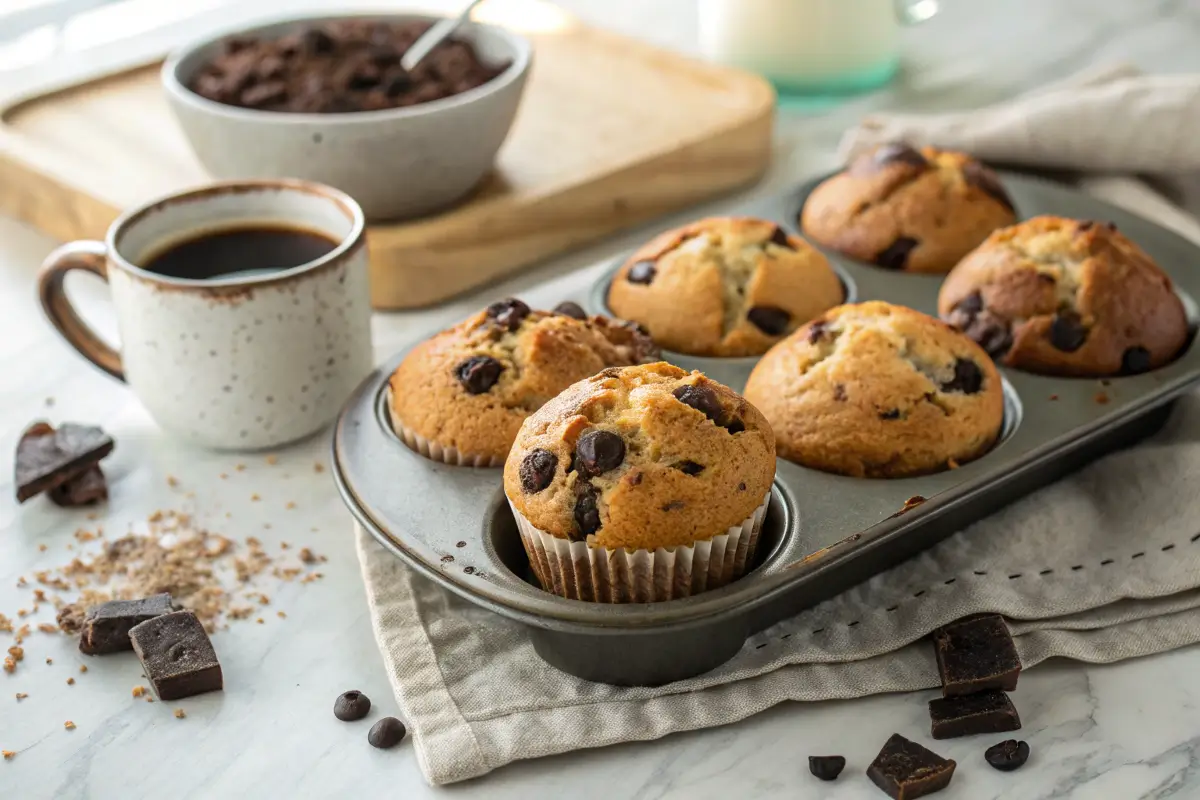Have you ever bitten into a crusty, golden Kaiser bread and wondered about its story—or how to recreate that perfect texture at home? This iconic bread is more than just a sandwich base; it’s a culinary treasure with a rich history and endless possibilities. Dive into this comprehensive guide to uncover everything you need to know about Kaiser rolls, from their origins to pro baking tips, and satisfy your curiosity (and appetite) along the way!
What Makes a Kaiser Roll Special?
Print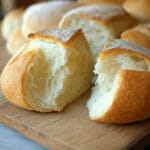
kaiser bread Recipe
- Total Time: 2 hours 40 minutes
- Yield: 6 large Kaiser rolls 1x
Description
Craving a bakery-worthy Kaiser roll? This recipe yields six golden, crusty rolls with a soft, airy center—perfect for sandwiches or a buttery bite. Simple ingredients, a steamy bake, and that iconic star shape make it a must-try!
Ingredients
- Dough:
- 3 cups (360g) unbleached bread flour
- 1 ½ teaspoons instant yeast
- 1 ¼ teaspoons salt
- 1 tablespoon sugar
- 1 large egg
- 2 tablespoons (28g) unsalted butter, softened
- ¾ cup + 2 tablespoons (198g) lukewarm water
- Topping (optional):
- 1 tablespoon milk (for brushing)
- 1–2 teaspoons poppy seeds or sesame seeds
Instructions
- Mix the Dough: In a large bowl or stand mixer, combine the flour, yeast, salt, and sugar. Add the egg, butter, and water. Mix until everything comes together into a shaggy dough—about 1 minute.
- Knead: Knead the dough by hand (10 minutes) or with a mixer (5–7 minutes) until it’s smooth and slightly sticky. It should feel soft but not tacky.
- First Rise: Shape the dough into a ball, place it in a lightly greased bowl, and cover. Let it rise in a warm spot for 1–1 ½ hours, until it doubles in size.
- Divide and Shape: Punch down the dough and divide it into 6 equal pieces (about 90–100g each). Roll each piece into a ball, then flatten slightly. For that classic Kaiser roll shape, use a Kaiser roll stamp or fold the dough into a star pattern by hand (fold edges to the center 5 times).
- Second Rise: Place the shaped rolls, seam-side down, on a parchment-lined baking sheet. Cover and let them rise for 30–45 minutes, until puffy but not doubled.
- Prep for Baking: Preheat your oven to 425°F (220°C). Brush the rolls with milk and sprinkle with seeds if desired—this gives that shiny, golden Kaiser roll crust.
- Bake: Pop the rolls in the oven and bake for 15–20 minutes, until they’re deep golden brown and sound hollow when tapped. For extra crustiness, add steam by tossing a few ice cubes into a hot pan on the oven floor right after loading the rolls.
- Cool: Let the rolls cool on a wire rack for at least 10 minutes before digging in—perfect for sandwiches or a buttery snack!
Notes
- Cholesterol: From egg (~30mg) and butter (~5mg).
- Fiber: Low (1g) due to bread flour; whole wheat would increase it.
- Trans Fat: 0g (no hydrogenated oils).
- Unsaturated Fat: From butter and egg (~1.5g).
- Saturated Fat: Mostly butter (~2g).
- Sodium: From salt (~480mg) and trace amounts in flour/egg.
- Sugar: From added sugar (2g total across 6 rolls).
- Prep Time: 20 minutes
- Cook Time: 20 minutes
- Category: Bread
- Method: Baking
- Cuisine: Austrian
Nutrition
- Serving Size: 6 rolls
- Calories: 210
- Sugar: 2g
- Sodium: 490mg
- Fat: 4g
- Saturated Fat: 2g
- Unsaturated Fat: 1.5g
- Trans Fat: 0g
- Carbohydrates: 36g
- Fiber: 1g
- Protein: 6g
- Cholesterol: 5mg (from egg and butter)
Keywords: Kaiser roll, Kaiser bun, homemade bread, crusty roll, sandwich roll, Austrian bread, baking recipe
Picture this: you’re at a bakery, eyeing a Kaiser roll with its golden crust and funky star shape. But what’s the big deal? Let’s break it down and figure out why this bread’s got folks hooked.
Understanding the Kaiser Roll
Honestly, there’s something magical about a Kaiser roll. It’s not just bread—it’s an experience. With a crisp outside that cracks when you bite and a soft, chewy inside, it’s no wonder this roll’s a fan favorite. Originating from Austria, it’s got a vibe all its own, blending tradition with versatility. Unlike your floppy white bread, this one’s got character—perfect for sandwiches or just slathering with butter.
Bake these banana bread cookies to enjoy a sweet treat alongside your homemade Kaiser rolls.
Key Features of a Kaiser bread
So, what sets it apart? For starters, that crusty Kaiser roll texture is a game-changer. The top’s got a sheen that practically begs you to dig in, while the interior stays tender. Oh, and that star pattern? It’s not just for looks—it helps the dough bake evenly. Plus, the slight sweetness from malt or sugar in some recipes gives it a little zing you won’t find elsewhere.
Kaiser Roll vs. Other Bread Rolls
Now, don’t go mixing up Kaiser bread with your average dinner roll or hamburger bun. Sure, they’re all bread, but the Kaiser’s in a league of its own. Compared to a soft bun, it’s got more bite—literally. And unlike a dense hard roll, it’s airy enough to keep things light. Think of it as the Goldilocks of rolls: just right for almost anything.
The Unique Kaiser Roll Shape
Let’s talk about that iconic shape, shall we? It’s not every day you see bread looking like a little crown. That star pattern isn’t just pretty—it’s a nod to its Austrian Kaiser roll heritage. Bakers work some serious magic to get it just so, and trust me, it’s worth the effort.
Decoding the Star Pattern
Here’s the scoop: the star comes from folding the dough in a special way—sometimes with five points, sometimes more. It’s like origami, but edible! This trick doesn’t just make Kaiser rolls stand out on the shelf; it ensures they puff up nice and even in the oven.
Tools for Crafting Kaiser bread Shapes
Fancy making your own? You don’t need a PhD in baking, but a Kaiser roll shaping guide might help. Some folks use a special stamp to press the pattern—super easy! Others go old-school, twisting the dough by hand. Either way, you’re in for a treat when that homemade Kaiser bread comes out looking like a pro’s.
Discover the key differences between tres leches and dulce de leche to unravel these sweet treats’ unique flavors.
The Fascinating History of Kaiser bread
Ever wondered where the Kaiser roll got its fancy name? Well, buckle up, because we’re diving into a tasty tale that spans centuries and continents. This isn’t just bread—it’s a slice of history!
Kaiser Rolls in Austrian Tradition
Let’s start at the beginning, shall we? The Austrian Kaiser bread hails from Vienna, and it’s got some royal swagger. Back in the 18th century, bakers whipped up these beauties to honor Emperor Franz Joseph—yep, “Kaiser” means “emperor” in German. So, in a way, every Kaiser bread you munch on is fit for a king! Over time, it became a bakery staple, loved for its crisp crust and soft center.
The Royal Roots of Kaiser Rolls
Here’s the juicy bit: legend says bakers wanted to impress the emperor with something special. They came up with a roll that wasn’t just tasty but also looked regal with its star shape. Pretty clever, right? Besides, the emperor reportedly loved bread, so this traditional Kaiser bread was a slam dunk. It’s like the crown jewel of Austrian baking!
How Kaiser Rolls Evolved Over Time
Now, things didn’t stay static. As years rolled by, the Kaiser bread recipe got a few tweaks. Some added malt for a hint of sweetness; others played with flour blends. By the 19th century, it wasn’t just for royalty—everyone wanted a piece of this crusty Kaiser roll. Thankfully, the core stayed the same: that iconic texture and shape we still drool over today.
Kaiser Rolls Around the World
Fast forward, and the Kaiser roll didn’t stay put in Austria. Nope, it hitched a ride across borders, popping up in bakeries far and wide. For folks everywhere, it’s become a go-to sandwich roll or a dinner table star.
Kaiser Rolls in the United States
Over in the U.S., immigrants brought the Kaiser bread along, and boy, did it catch on! By the early 20th century, places like New York were churning out Kaiser rolls for delis and diners. Today, it’s a classic for piling high with pastrami or roast beef—talk about a match made in heaven!
Global Twists on Kaiser bread
Meanwhile, other countries put their own spin on it. In Germany, you might find a denser version. In Poland, some bakers sprinkle seeds on top. No matter where it lands, though, the Kaiser roll history shines through—proof that good bread knows no borders.
Learn more about tres leches vs. dulce de leche in this introduction for a tasty dessert deep dive.
Mastering Kaiser Roll Baking at Home
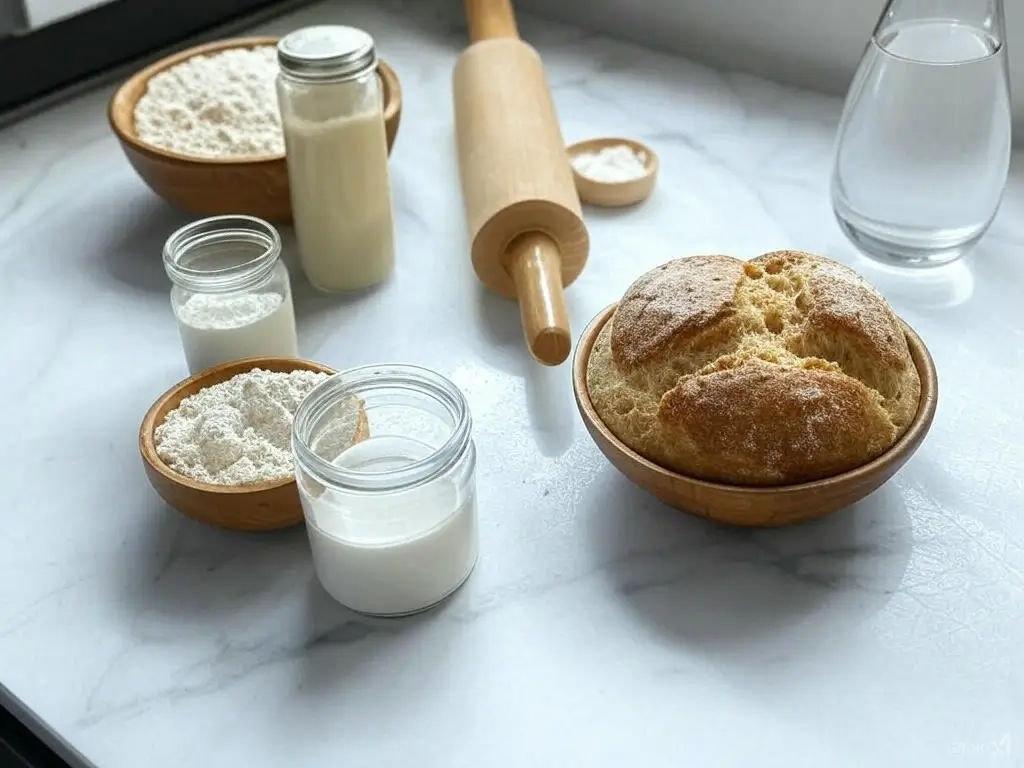
Ready to roll up your sleeves and bake some Kaiser rolls? Trust me, there’s nothing like pulling a tray of homemade Kaiser bread from the oven—crisp, golden, and begging for a bite. Let’s get you started with the nitty-gritty of making these beauties at home.
Check out King Arthur Baking’s Kaiser roll recipe for a foolproof way to bake these crusty classics at home.
Ingredients for Perfect Kaiser bread
First off, you’ve got to nail the basics. The right stuff makes all the difference, so let’s break it down. A Kaiser roll isn’t fussy, but it does need some key players to shine.
Choosing Flour for Kaiser Rolls
For that crusty Kaiser bread vibe, go with bread flour—it’s got the muscle to give you chew and structure. All-purpose works in a pinch, but bread flour’s higher protein kicks it up a notch. Oh, and some folks toss in a bit of rye or malt powder for extra flavor. Your call!
The Role of Yeast in Kaiser bread
Next up, yeast is your best buddy here. It’s what makes the dough puff up all nice and airy. Active dry or instant—either’s fine. Just mix it with warm water and a pinch of sugar, and watch it bubble. That’s the secret to a light Kaiser roll texture—don’t skimp on the proofing time!
Try this matcha tiramisu recipe for a twist on a classic that pairs beautifully with fresh bread like Kaiser rolls.
Your Go-To Kaiser Roll Recipe
Alright, let’s get cooking! This Kaiser roll baking process is straightforward, but a little love goes a long way. Here’s how to whip up a batch that’ll wow your crew.
Preparing Kaiser Roll Dough
Start by mixing your flour, yeast, salt, and a splash of water—simple, right? Knead it until it’s smooth and stretchy, about 10 minutes if you’re doing it by hand. Pro tip: keep the dough a tad sticky; it helps with that soft inside. Once it’s ready, let it rise until it doubles—patience pays off!
Shaping Techniques for Kaiser bread
Now, the fun part: shaping! To get that Kaiser roll shape, divide the dough into balls—about 3 ounces each works great. Then, either roll ‘em into ropes and knot ‘em into stars or use a Kaiser roll stamp for the lazy (but smart!) way. Either way, you’re crafting little masterpieces. Let ‘em rise again for 30 minutes or so.
Baking Kaiser bread to Perfection
Finally, it’s oven time. Preheat to 425°F, and for that Kaiser roll crust, toss some steam in there—spray water or chuck a few ice cubes in a hot pan below. Bake for 15-20 minutes until they’re golden and sound hollow when tapped. Brush ‘em with butter if you’re feeling fancy, and boom—you’ve got Kaiser rolls ready to steal the show!
Seriously, once you nail this, you’ll never settle for store-bought again. Plus, the smell of Kaiser roll baking filling your kitchen? Pure bliss.
Delicious Ways to Enjoy Kaiser Rolls
So, you’ve got a Kaiser roll in hand—crisp, golden, and ready to shine. But what’s the best way to dig in? Let’s explore some mouthwatering options that’ll make this bread your go-to for any meal!
Kaiser bread as Sandwich Stars
First off, let’s talk sandwiches, because that’s where Kaiser bread truly strut their stuff. Their sturdy crust and soft middle make them perfect for piling high with goodies. Honestly, it’s like they were born for this gig—holding up to juicy fillings without falling apart.
Top Kaiser Roll Sandwich Recipes
For a classic, slap some roast beef, horseradish, and Swiss cheese between a Kaiser roll. Boom—instant deli vibes! Or, if you’re feeling fancy, try grilled chicken with pesto and mozzarella. The crusty Kaiser bread adds a crunch that’ll have you hooked. Oh, and don’t sleep on a good ol’ BLT—the combo’s unbeatable.
Ideal Kaiser bread Fillings
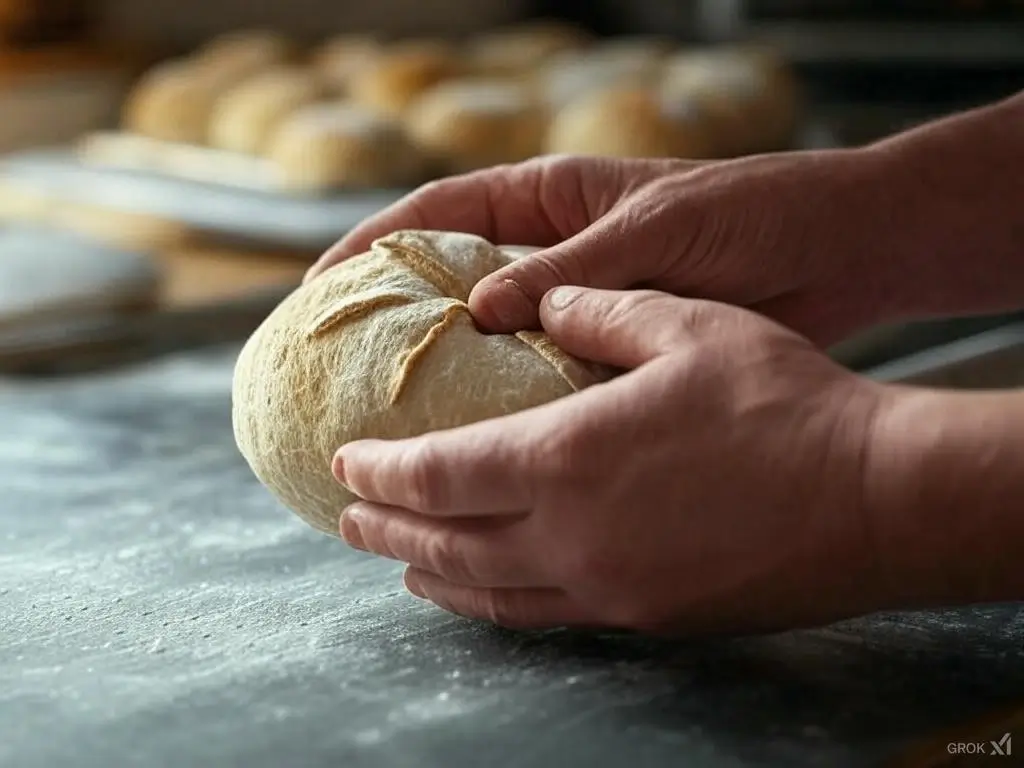
Now, what works best? Meats like turkey or ham pair beautifully, but don’t stop there. Veggies like roasted peppers or avocado mash fit right in too. Pro tip: a smear of mayo or mustard ties it all together, making every bite of that sandwich roll pure bliss.
Creative Uses for Kaiser bread
But wait, there’s more! Beyond sandwiches, Kaiser bread can jazz up your table in surprising ways. Seriously, their versatility is off the charts, so let’s get creative.
Kaiser Rolls for Dinner Tables
For starters, serve ‘em warm as dinner rolls with a pat of butter—simple yet irresistible. Or, hollow ‘em out and fill with soup for a cozy bread bowl twist. Either way, they’ll steal the spotlight at supper.
Toasted Kaiser bread Inspirations
Meanwhile, toasting takes things up a notch. Slice a Kaiser roll, toast it golden, and top with garlic butter or cinnamon sugar. Suddenly, you’ve got a snack that’s half treat, half comfort food. Trust me, you’ll wonder why you didn’t try this sooner!
Explore Schmidt Old Tyme’s 647 Kaiser rolls for a tasty, low-carb twist on the traditional sandwich roll.
Kaiser bread Nutrition and Health Options
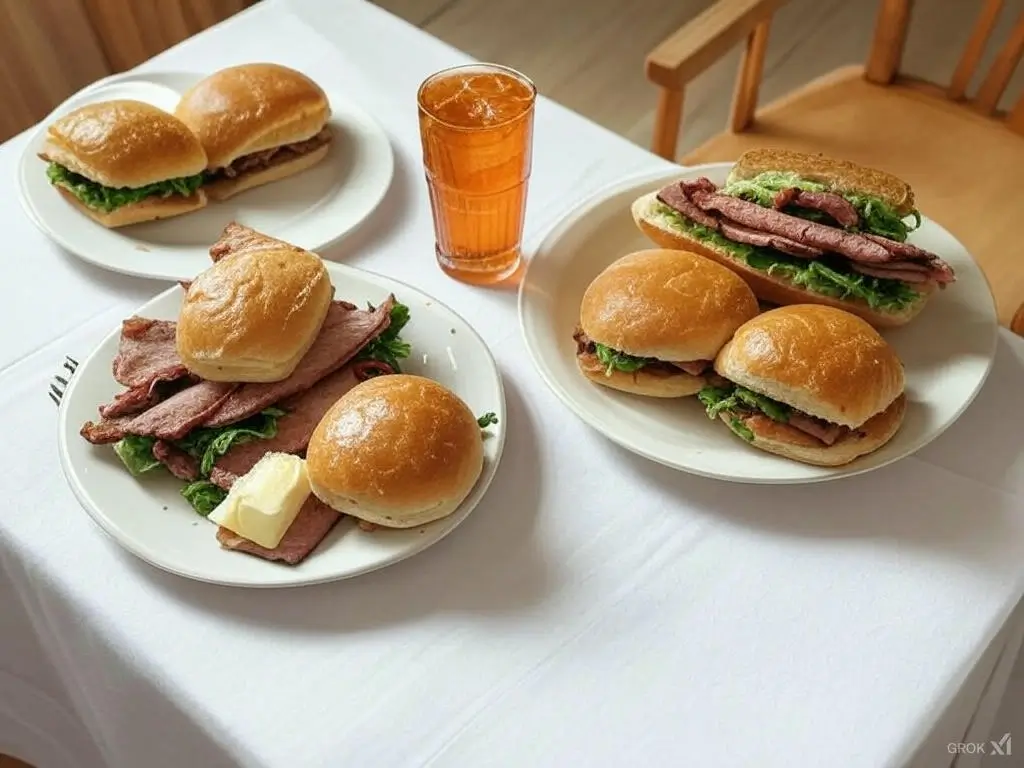
Curious about what’s inside a Kaiser roll? Well, let’s peel back the crust and check out the nutritional scoop—plus some healthier spins to keep things guilt-free. Because who says bread can’t be good for you?
Nutritional Profile of Kaiser Rolls
To begin with, a standard Kaiser bread isn’t exactly a diet food, but it’s not a villain either. Typically, it’s a mix of flour, yeast, and a touch of sugar or malt, so it’s got some heft to it. Still, knowing the numbers helps you enjoy it smartly.
Find out why your tres leches cake isn’t soaking with these common fixes for a perfectly moist dessert.
Calories in a Kaiser Roll
On average, a Kaiser bread clocks in at about 150-200 calories—depends on size, of course. Add butter or fillings, and that jumps quick! Carbs lead the pack at around 30 grams, with a smidge of protein and fat. Nothing wild, just solid bread stats.
Kaiser Rolls Compared to Alternatives
So, how does it stack up? Compared to a fluffy hamburger bun, a Kaiser bread has more chew and slightly fewer calories. Against a dense bagel, though, it’s lighter—less of a gut bomb. Basically, it’s a happy medium for bread lovers.
Healthier Kaiser Roll Variations
Now, if you’re watching your waistline, don’t ditch Kaiser rolls just yet. Instead, tweak ‘em for a healthier bite. After all, a little swap here and there can make a big difference.
Whole Grain Kaiser bread
For instance, switch to whole wheat flour, and bam—you’ve got a whole grain Kaiser with more fiber and nutrients. It’s still got that Kaiser roll texture you crave, just with a nutty twist. Bonus: it keeps you full longer!
Low-Calorie Kaiser bread Tweaks
Alternatively, cut the calories by shrinking the size or skipping the sugar in the Kaiser roll recipe. Some bakers even sneak in seeds like flax for a health boost. Either way, you’re still munching on a Kaiser bread that tastes like the real deal—win-win!
FAQs About Kaiser Rolls
What Makes a Kaiser Roll Different from a Hamburger Bun?
First off, it’s all about texture and vibe. A Kaiser roll rocks a crusty Kaiser roll shell with a chewy inside—way tougher than a soft, squishy hamburger bun. Plus, that star shape? Pure flair a bun can’t touch. While buns are great for burgers, Kaiser rolls handle heftier sandwiches like a champ. Think of it as the bun’s cooler, edgier cousin!
Can You Freeze Kaiser Rolls?
Absolutely, you can! If you’ve baked a batch of homemade Kaiser bread and can’t eat ‘em all, freezing’s a lifesaver. Just pop them in a zip-lock bag once they’re cool—keeps that Kaiser bread texture intact. When you’re ready, thaw ‘em at room temp or warm ‘em in the oven. Easy peasy, and they’ll taste fresh for up to a month!
Are Kaiser bread Vegan?
Good news for plant-based folks: most Kaiser bread are naturally vegan! The classic Kaiser roll recipe uses flour, water, yeast, and salt—no dairy or eggs needed. But watch out—some store-bought versions might sneak in butter or milk, so check the label. Otherwise, you’re golden!
How Long Do Kaiser Rolls Stay Fresh?
So, how long can you keep ‘em? Fresh Kaiser bread stay tasty for about 2-3 days at room temp in a bread bag. After that, they start to stale—though toasting can save the day! For longer life, freeze ‘em like we mentioned. Either way, you won’t let these beauties go to waste.
Conclusion: Why Kaiser bread Deserve a Spot in Your Kitchen
Well, there you have it—the Kaiser bread is a bread worth celebrating! From its royal Austrian roots to your sandwich plate, this crusty Kaiser bread brings flavor, crunch, and a whole lot of charm. Whether you’re baking homemade Kaiser bread with that perfect star shape or just grabbing one for a quick bite, it’s a game-changer.
Plus, it’s versatile—sandwiches, dinner sides, or even a toasted treat, it’s got you covered. Nutritionally, it’s not a lightweight, but healthier tweaks like whole grain Kaiser keep it in play. So, why not give it a whirl? Next time you’re in the kitchen, whip up a batch or snag some from the bakery. Trust me, once you taste that Kaiser bread texture, there’s no going back—it’s a keeper for life!
Read also
Troubleshoot your tres leches cake not soaking with expert tips to perfect your dessert game.
Explore the difference between tres leches and dulce de leche to level up your dessert knowledge.
Learn pro tips for perfect Kaiser rolls from ChainBaker to master that iconic star shape and texture.

